In January 2022, I invested $50,000 across three real estate crowdfunding platforms. Not because I’m rich. I was tired of watching friends buy rental properties while I sat on the sidelines.
I couldn’t afford a $100,000 down payment for a rental property in my city. But I could invest $100 at a time in properties across the country.
Three years later, I’m going to tell you exactly what happened. The good parts. The terrible parts. And the stuff nobody warned me about.
Why I Thought This Would Work

I’d been researching rental properties for two years. The math never worked.
Down payments in my area? $120,000 minimum. Then you deal with tenants, repairs, and middle-of-the-night calls about broken water heaters. I have a full-time job. I don’t want to be a landlord again.
Fractional real estate platforms promised something different. You invest small amounts. They handle everything. You collect dividends each quarter.
It sounded perfect.
Here’s what sold me: Platforms like Arrived let you start with just $100. Fundrise required only $10. You could own pieces of property in Phoenix, Tampa, and Dallas without leaving your couch.
The marketing showed returns of 8-12% annually. Way better than my savings account. Better than most stocks in 2022.
I had $50,000 saved. Time to test if this actually worked.
How I Split My $50,000

I didn’t just throw money at one platform. I spread it across three different ones.
Arrived got $20,000. I picked 40 different single-family rental properties. Houses in growing cities like Charlotte, Phoenix, and Boise. Each property cost me $100-500.
Fundrise got $20,000. This one’s different. You don’t pick individual properties. You invest in funds that own dozens of properties. I split it between their Flagship Fund and Income Fund.
RealtyMogul got $10,000. This was my “risky” bucket. Commercial properties and bigger projects. Higher potential returns but more risk.
I invested everything in January and February 2022. Then I waited.
Year 1: When Everything Seemed Fine

The first dividend hit my account in April 2022. It was $47.23.
I remember staring at my phone. This was real money. From properties I partly owned. Without fixing a single toilet.
By the end of 2022, I’d collected $2,847 in dividends. That’s about 5.7% on my $50,000. Not the 10-12% I hoped for, but okay for a first year.
Then April 2023 came. Tax season.
Seven Schedule K-1 forms showed up in my mailbox. I’d never seen a K-1 before. They’re tax forms you get when you invest in partnerships.
My tax software couldn’t handle them. I called my regular accountant. He said, “I don’t do these. You need someone who specializes in real estate.”
That specialist cost me $850. Just to file my taxes.
Nobody mentioned this part in the marketing videos.
Year 2: The Year Everything Went Wrong
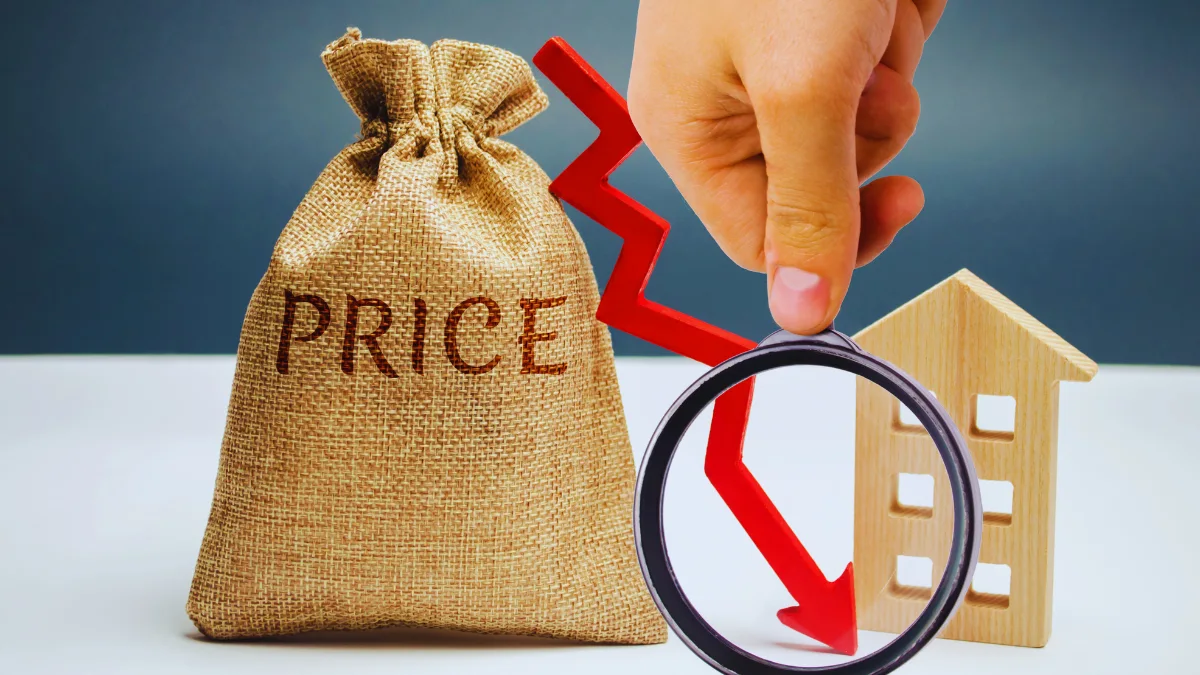
2023 was brutal.
Interest rates kept climbing. Housing prices stopped going up. Some started falling. My portfolio value dropped 11.3% by June.
Three of my Arrived properties cut their dividend payments. Tenants moved out. New ones took longer to find.
Fundrise sent an email: “Market conditions have changed. We’re adjusting property values down.” My $20,000 investment was now worth $17,200.
I logged into my accounts every day. Watching numbers go down. Feeling sick.
A study from The Money Manual showed that the average Fundrise investor lost 7.45% in 2023. I was doing worse than average.
I tried to sell some shares. Here’s what I learned: You can’t just sell fractional real estate like stocks.
Arrived has a “secondary market” where you can list shares for sale. I listed $5,000 worth. After three months, only $1,200 had been sold. And I had to discount them by 15% to find buyers.
Fundrise has a redemption program. But they process requests quarterly. And if too many people want out, they can say no.
I was stuck.
My wife asked a fair question: “Why didn’t you just buy index funds?”
I didn’t have a good answer.
Year 3: The Slow Climb Back
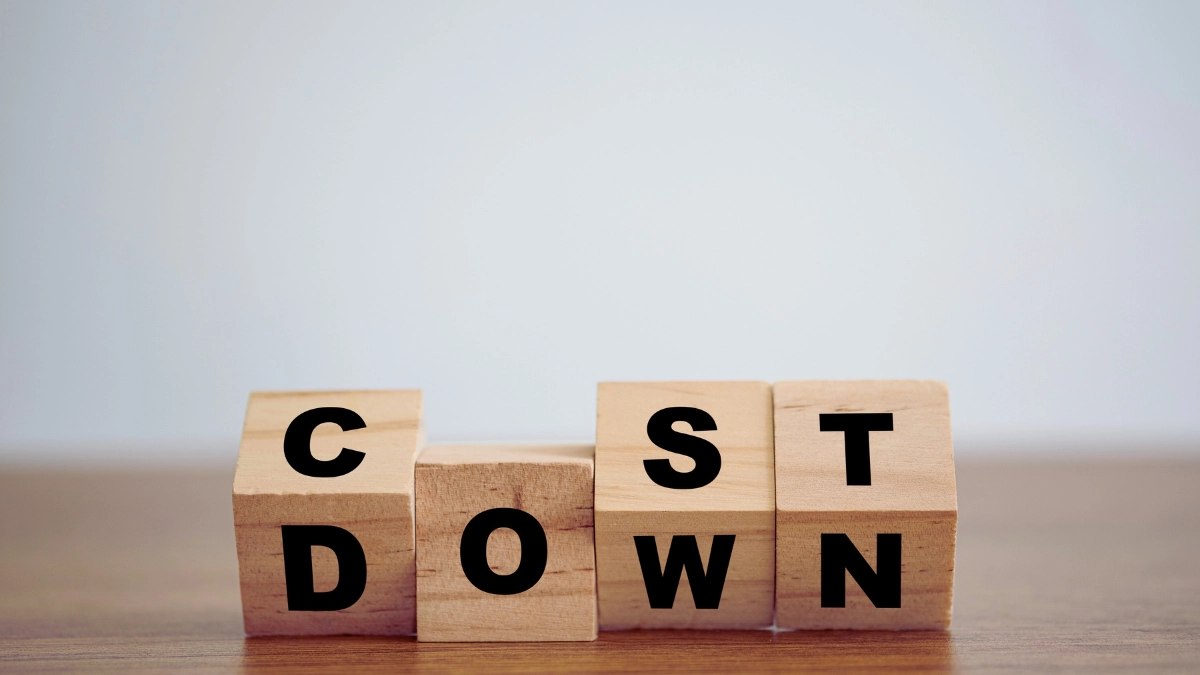
Things started turning around in mid-2024.
Interest rates stopped climbing. Housing markets stabilized. My property values started recovering.
By October 2024, my portfolio was back to $49,100. Still down $900, but way better than the $43,500 I’d seen in 2023.
Dividends came back, too. Q4 2024 paid out $1,156. That’s the best quarter I’d had yet.
Here’s where things got interesting: Some of my Arrived properties sold. When fractional properties sell, you get your share of the profit.
One Phoenix house I’d invested $300 in sold for a 23% gain. My cut was $69. Another in Tampa returned 18%.
Fundrise announced its 2024 returns: 5.75% overall. Better than 2023’s loss, but still below what they’d promised.
My Total Returns After 3 Years
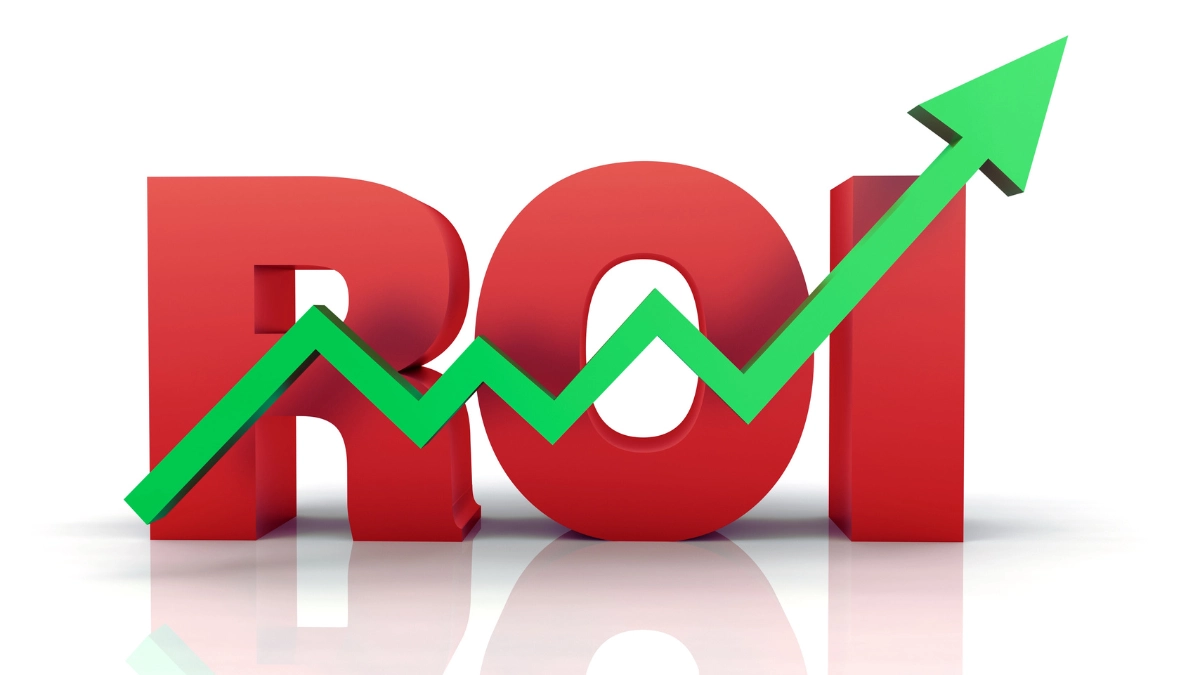
Let me give you the real numbers. All of them.
Total invested: $50,000
Current portfolio value: $51,340
Total dividends received: $7,890
Properties sold (profit): $2,240
Gross returns: $11,470
That’s 22.9% over three years. Or about 7.6% per year.
But wait. We’re not done.
Additional costs I paid:
- CPA fees (3 years): $2,400
- Platform fees (built into returns): ~$1,500
- Opportunity cost of locked money: Hard to measure
Net returns after CPA costs: $9,070 on $50,000
That’s 18.1% over three years. Or 6% annually.
For comparison: The S&P 500 returned about 24% over the same period. A simple index fund would have beaten me.
But the S&P also had big drops. And I never lost sleep over fractional real estate like I would have watching stocks crash.
The Hidden Costs Nobody Talks About

Let me be clear about what this actually costs.
- Tax complexity is real. Those K-1 forms? They’re a pain. They arrive late. Sometimes in September, forcing you to file tax extensions. And if you invest in properties across multiple states, you might owe taxes in those states. I filed tax forms in four different states in 2024.
- Liquidity is terrible. When my car died in 2023, I needed $8,000 fast. I couldn’t get it from my fractional real estate. Had to use credit cards and pay them off slowly. These investments lock your money up for 5-10 years. They tell you that upfront. But you don’t feel it until you actually need the cash.
- Fees stack up in weird ways. Arrived charges a 3.5% fee when they buy properties. Fundrise charges a 0.15% advisory fee plus a 0.85% management fee. Those sound small. They add up.
- You depend on the platform. If Arrived makes bad property choices, you lose money. If Fundrise’s management gets sloppy, you’re stuck with it.
You have zero control.
What I’d Do Differently Today
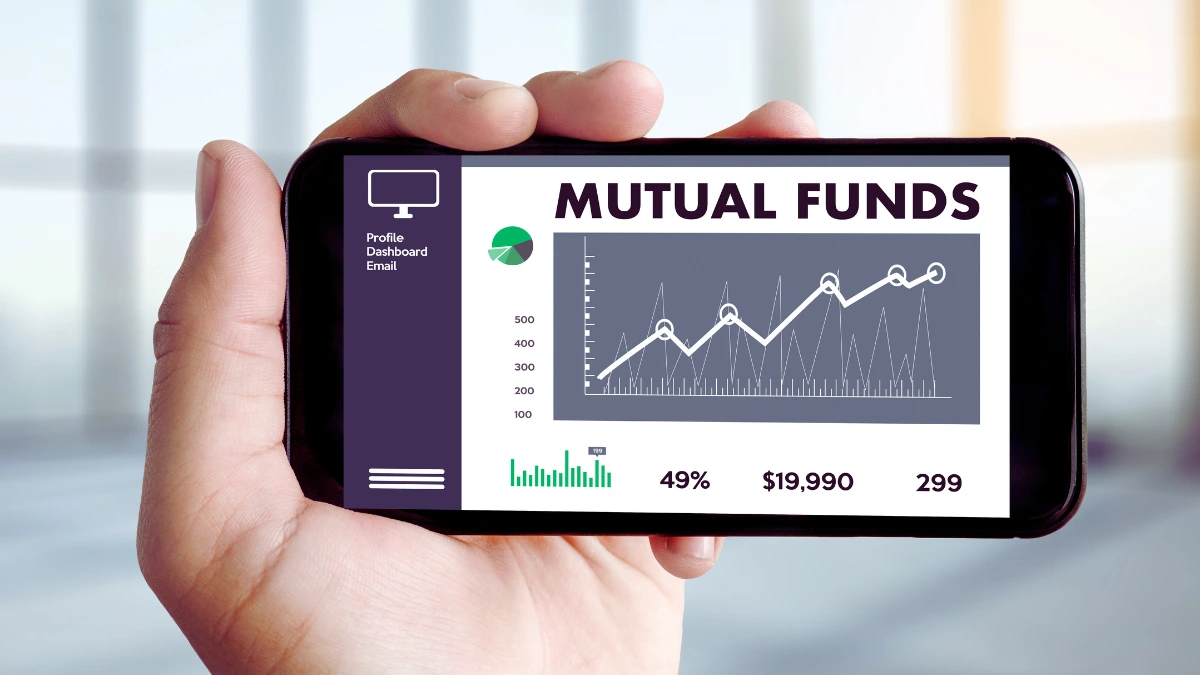
If I could go back to January 2022, here’s what I’d change.
- Start with $1,000, not $50,000. Test one platform for a full year. Go through tax season. See how you feel about the illiquidity. Then decide if you want more.
- Talk to a CPA first. Ask what K-1s will cost you to file. Factor that into your return expectations.
- Keep 50% liquid elsewhere. Don’t lock up money you might need. Emergency fund comes first. Always.
- Accept 6-8% returns, not 10-12%. The marketing promises are too high. Real returns are lower once you factor in all costs and taxes.
- Invest in broad funds, not individual properties. I spent hours picking properties on Arrived. My hand-picked properties did worse than Fundrise’s automated fund.
Is Fractional Real Estate Worth It in 2025?
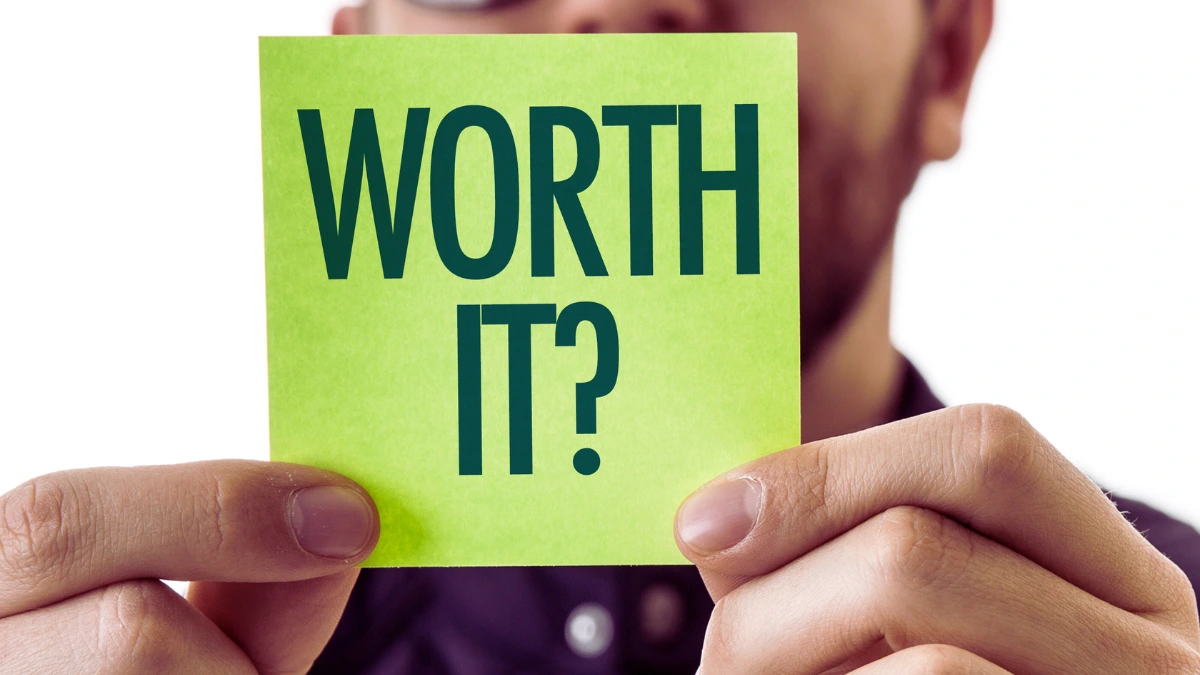
Here’s my honest take.
You should invest if:
- You have $5,000+ you won’t need for 5+ years
- You already have a full emergency fund
- You want real estate exposure without landlord work
- You’re okay with 6-8% annual returns
- You can afford CPA help with taxes
You should NOT invest if:
- You might need this money in 1-3 years
- You don’t have $500+ for tax prep each year
- You want to beat the stock market
- You get anxious about locked-up money
- You hate paperwork and complexity
The market is growing. A report from ainvest.com shows the fractional real estate market will grow from $2.8 billion in 2024 to $12.5 billion by 2033. More people are doing this.
But a bigger market doesn’t mean it’s right for you.
My 2025 Strategy
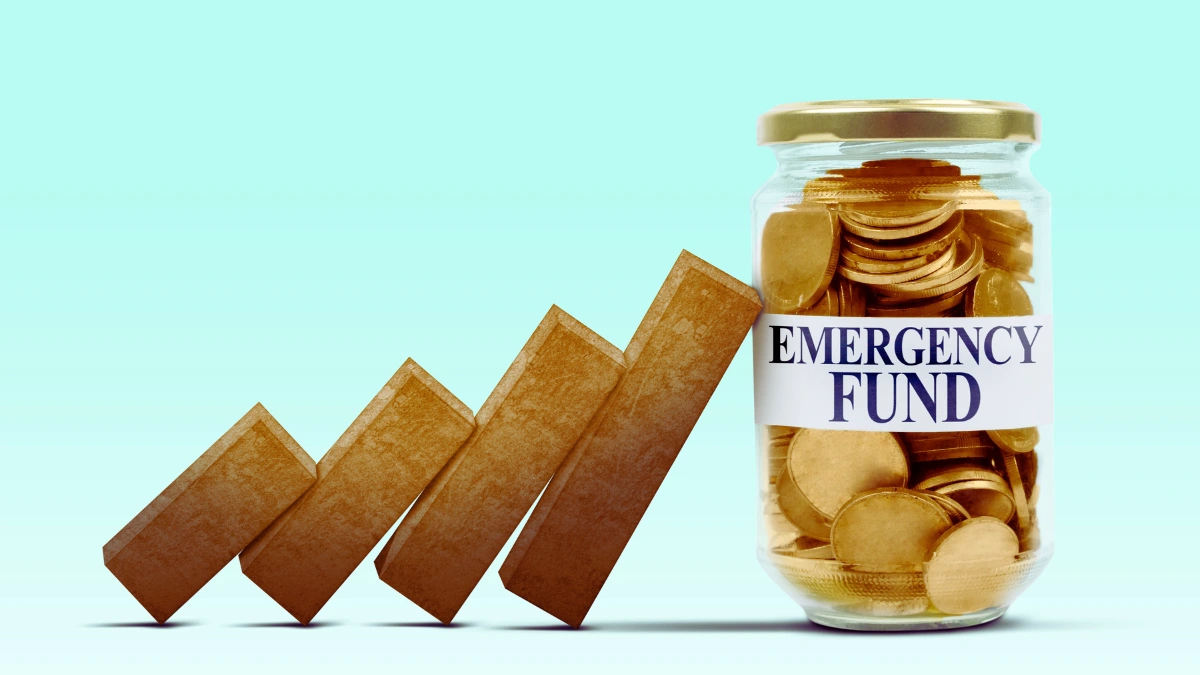
I’m still invested. But I’ve changed my approach.
I stopped adding new money to individual properties. Too much work tracking them all.
Now I only add to Fundrise’s broad funds. Set it and forget it. They pick the properties.
I’m taking all dividends as cash instead of reinvesting. Using them for small wins. A nice dinner. A weekend trip. Investments feel more real.
And I’ve accepted this isn’t my path to wealth. It’s just one piece of a bigger strategy.
My emergency fund is in a high-yield savings account. My retirement is in index funds. This fractional real estate? It’s my “alternative” bucket. About 15% of my investments.
Should You Try This?

Look, I’m not going to tell you what to do with your money.
Here’s what I know: Fractional real estate works. Sort of. It’s not a scam. The companies are legitimate. You do get dividends and returns.
But it’s not magic. It’s not passive income in year one or two. It’s not beating the stock market.
It’s just another way to invest. With its own pros and cons.
The pros: You own real assets. Returns aren’t correlated with stocks. Less volatility than crypto. More interesting than bonds.
The cons: Illiquid. Complex taxes. Platform dependent. Lower returns than promised. Fees everywhere.
If you want to try it, start small. Invest $500. Watch what happens for 12 months. See how you feel when you can’t access that money. Experience tax season with a K-1 form.
Then decide if you want to add more.
Don’t do what I did. Don’t jump in with $50,000 before you understand what you’re signing up for.
